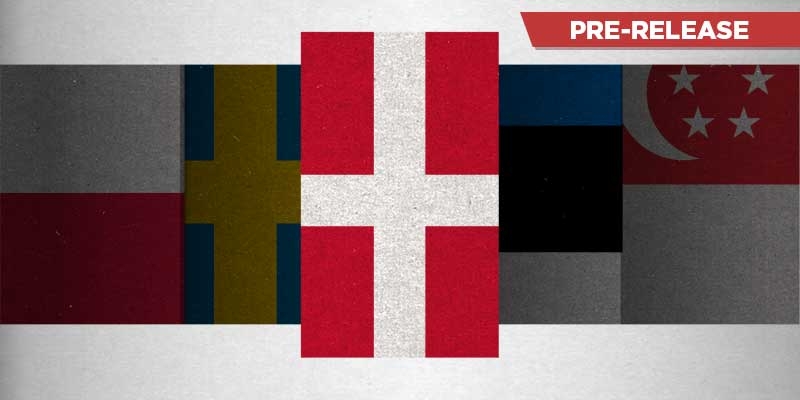The Free Enterprise Welfare State: A History of Denmark’s Unique Economic Model (Chapter 1)

Despite common misperceptions, high levels of economic freedom—that is, relying more on entrepreneurs, businessowners and workers to make economic decisions rather than politicians and bureaucrats—drive Denmark’s high living standards.
For more than 150 years, Danes have been among the most economically free people on Earth, which resulted in marked prosperity for the small country. At the turn of the 20th century, for instance, Denmark had one of the highest income levels in Europe.
And in 1970, just before it’s experiment with much larger government, Denmark had one of the highest incomes among all western countries (including Canada, Australia and the United Kingdom) and its government sector was comparatively small at 24.4 per cent (as a share of the economy) compared to the OECD average (27.7 per cent), the U.K. (42 per cent), Canada (36 per cent), the United States (32.3 per cent) and Australia (25.3 per cent).
However, from 1970 to 1995, Denmark’s government spending (as a share of the economy) skyrocketed from 24 per cent to 59 per cent. The economy consequently stalled while inflation and unemployment increased.
By the mid-1990s, policymakers understood they had to make changes and reduce government spending. The government enacted reforms, which resulted in a decline in the size of government (as a share of the economy) to 50 per cent—although this was still higher than the OECD average. The reforms helped limit deficits and increases in government debt. As the government moved toward budget balance, both inflation and interest rates declined.
The ongoing positive performance of the Danish economy, however, is rooted in its relatively free economic system. In the Fraser Institute’s 2023 economic freedom rankings, Denmark ranked seventh in the world, largely due to its continued commitment to open trade, light regulations, sound judicial and property rights system, and stable inflation. (Denmark would have ranked first if not for its poor performance in the size of government component of the economic freedom measurement.)
Authors:
More from this study
Subscribe to the Fraser Institute
Get the latest news from the Fraser Institute on the latest research studies, news and events.



